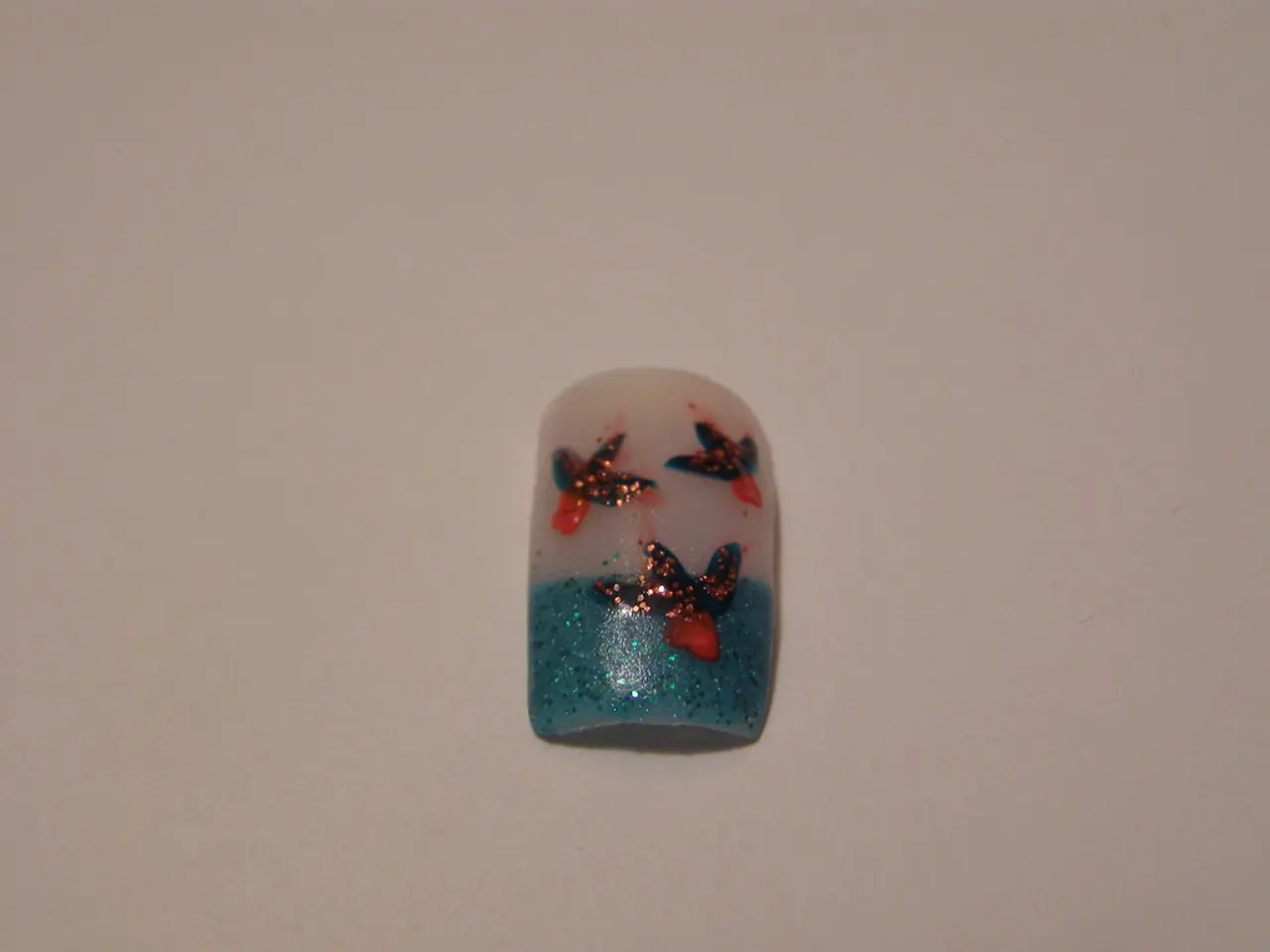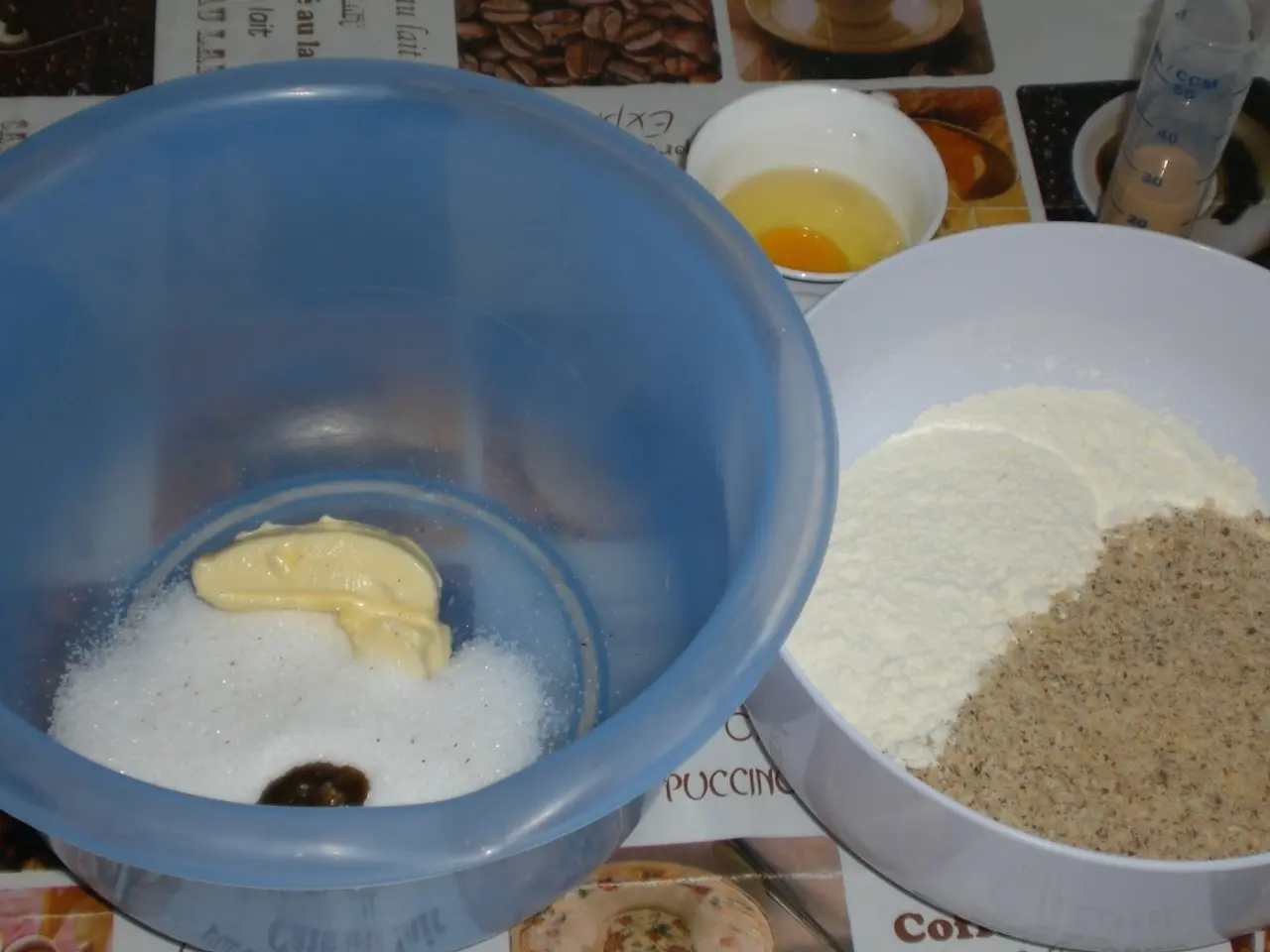Toe Nail Loss: Action, Reasons, and Extraction Methods
Detached toenails can be a common and inconvenient issue, often caused by fungal infections, injury, or psoriasis. This article provides an overview of home treatment approaches and when to seek professional medical help.
For fungal infections, also known as onychomycosis, the primary home treatment involves applying topical antifungal medications such as amorolfine, tioconazole, or ciclopirox nail solutions or lacquers. Maintaining good hygiene by cleaning the nail area gently with soap and water and keeping it dry is also essential. Protective bandaging may be recommended, with the dressing changed regularly to avoid moisture buildup. Wearing loose-fitting shoes can help reduce pressure and irritation on the nail. However, it is important to note that natural remedies for fungal infections have limited scientific backing and are often not recommended as primary treatment.
In the case of injury-related detached toenails, the first step is to elevate the foot to reduce swelling and apply ice packs intermittently to reduce pain and inflammation for the first 24 hours. Keeping the area clean and covered with a non-adhesive dressing is crucial to prevent infection. Avoiding activities that may aggravate the injury or impede healing is also advisable.
For psoriasis-related nail detachment, general nail care includes moisturizing the surrounding skin and cuticles and avoiding trauma. However, specific home treatments for nail psoriasis-related detachment were not detailed in the sources, and consultation with a healthcare provider is advisable for targeted treatment.
When to Seek Medical Attention
If the detached toenail is severely painful, excessively swollen, or shows signs of infection such as pus, redness spreading beyond the nail area, or fever, medical assessment is necessary. If there is no improvement despite home care, or if a fungal nail infection persists or worsens despite topical treatment, a healthcare provider may recommend additional interventions such as nail removal followed by antifungal therapy. In cases where the nail detachment is due to chronic conditions like psoriasis, or if the nail bed is severely damaged, specialized dermatological or podiatric evaluation may be required. Surgical removal of the nail may be considered for severe or persistent fungal infections to allow better treatment penetration.
In summary, maintaining good nail hygiene, using topical antifungal treatments for fungal infections, and seeking medical advice when necessary can help manage detached toenails effectively. For injuries, home care such as elevating the foot, applying ice packs, and keeping the area clean can be beneficial. For psoriasis-related issues, consulting a healthcare provider is advisable for targeted treatment.
- Fungal infections, also known as onychomycosis, can cause detached toenails, and the primary home treatment includes applying topical antifungal medications like amorolfine, tioconazole, or ciclopirox.
- Maintaining good hygiene by cleaning the nail area gently with soap and water, keeping it dry, and protective bandaging may help in managing fungal infections.
- Injury-related detached toenails can be managed at home by elevating the foot, applying ice packs, and keeping the area clean to reduce swelling, pain, and the risk of infection.
- Protective bandaging with regular dressing changes, avoiding moisture buildup, and wearing loose-fitting shoes can help in the healing process of injury-related detached toenails.
- Natural remedies for fungal infections have limited scientific backing and are not often recommended as primary treatment.
- Psoriasis can also lead to nail detachment, and general nail care includes moisturizing the surrounding skin and cuticles and avoiding trauma.
- However, specific home treatments for nail psoriasis-related detachment are not detailed in the sources, and consultation with a healthcare provider is advisable for targeted treatment.
- Chronic conditions like psoriasis may require specialized dermatological or podiatric evaluation if the nail detachment is severe or if the nail bed is severely damaged.
- Surgical removal of the nail may be considered for severe or persistent fungal infections to allow better treatment penetration.
- When a detached toenail is severely painful, excessively swollen, shows signs of infection, or there is no improvement despite home care, medical assessment is necessary.
- In addition to managing detached toenails, it is essential to prioritize overall health and wellness, including mental health, as chronic diseases like diabetes, multiple sclerosis, psoriatic arthritis, chronic kidney disease, and chronic diseases can affect the skin and may require medical-care attention.




